
 By Natali Moss
By Natali Moss
Because David is a senior officer of one of the most experienced armies of the world, and his view of the situation, as well as evaluations, can be useful for the Armed Forces. Focus's military analyst Iigal Levin spoke with David about artillery and operational art, his view of the Russian-Ukrainian war and the immediate prospects of this confrontation.
David, tell our readers what means - to be an Israeli officer of the operational department of the brigade? - The main task of the operational department of the unit is to give the commander the most accurate picture of the battle. So that he can make the right decision and further coordinate the work of the rest of the headquarters to effectively execute this decision.
The operational department has many officers and soldiers who are responsible for the connection and coordination of actions of subordinate units and headquarters, as well as coordination of actions with neighboring and higher units. All of this is "condemned" by the head of the operational department and an operational officer. Previously, you studied for an artilleryman and was a gun commander. Tell us about the preparation of Israeli artillerymen.
- The young artilleryman begins with the basic training of a fighter, which lasts about three months. At this time, he acquires minimal skills in the use of personal weapons, survival, masking, tightens physical form. The next stage is the distribution of specialties in the calculation and training of each number of his duties and working with equipment and weapons. In principle, all calculation numbers have an idea of the responsibilities of others and can replace each other as needed.
But there are also narrow specializations such as a gunner or driver. The specifics of the Israeli SAU and weapons are in their great independence. Modern fire control systems, communication systems and network-centric control of forces allow you to dispersate guns, perform individual fire tasks only at a platoon level, be accurate, firing, high-mobile, and as a result with living and effective firearms.
How do you evaluate the use of artillery of the Armed Forces of the Russian Federation in this war? - I can only judge what I read in open sources. In my opinion, artillery is used by the Armed Forces of the Russian Federation according to the doctrine of the mass war and used, according to this doctrine, is very good. The accuracy of the hit is replaced by mass.
It is worth noting that the accuracy of artillery is influenced by an incredible number of factors, such as distance, adjustment, wear of the barrels, accuracy of guidance systems, weather, standardization and condition of projectiles, powder charges, etc. In this regard, the fighter's story from the fighters of the so-called "LNR", who proudly reported that from howitzers D-20 they shot 200 shells in 5 hours to destroy the platoon stronghold of the Ukrainian army.
According to the standards of the Israeli army, it is terribly long and does not smell there. But thanks to the huge reserves of shells since the Soviet times, the Russian army can afford to shoot a shell wagons without much savings and without thinking about accuracy. And if you need high accuracy, then there are shells of the Krasnopol type, which are expensive, but effective and accurate.
In long distances for the mass effect there are RSSS, and for accurate hits the complexes "Iskander" are involved. And how do you appreciate the work of Ukrainian artillerymen? -First, it should not be forgotten that Ukrainian artillerymen use the same (almost) systems as Russian troops. All work as Soviet systems that have exactly the same disadvantages as military equipment on the other side of the front. But Ukraine does not have such "reserves of the Motherland" as in Russia.
There is nothing to replace worn or destroyed systems, and shells for the available ones - less and less. It is not only recently that NATO countries began to appear. The problem is that there are very few and they cannot seriously change the situation at the front. Two, three, even five batteries of new howitzers will not have the desired effect. And the advantages are that NATO countries will be easy to fill in ammunition, as they are all standardized for 155 mm.
Such shells in NATO warehouses are enough. And long -range and accurate Himars and MLRS systems (which is the same on different platforms) can really harm the sensitive and strategically important logistics and commanding units of the enemy. What they do when they are out of reach of the enemy's artillery. It is important that these are high -mobile platforms, therefore, the possibility of destroying them in positions is practically excluded.
Based on the experience of Israel, which will encounter and face similar difficulties with the trunks of "Hezbalai", I can say that if Ukrainians can constantly change the positions and resting places of the calculations, it will be extremely difficult to destroy these systems.
More than once, Russian experts have been said that the coordination of individual elements or even the absence of some elements of the reconnaissance and shock in the Armed Forces of the Russian Federation will not allow you to quickly and accurately explore the target and strike on it. What surprised you for these six months of the Great War in Ukraine? - There were many interesting points, but there are only a few name.
What is the most important in the artillery officer's military profession? - It is important, like everywhere, to think and take the initiative. Not to be afraid of the enemy and responsibility and to give up to the end. How would you evaluate the implementation of your operational plans by the Army of Ukraine? - I do not think that I can fully appreciate - I have too little information for this. I do not think that the operational plans are voiced, and what is publicized is not necessarily true.
The battle near Kiev suggests that the Russian warlords realized that their original idea of taking Kyiv is unrealistic, and the strength would not have enough for all the stated goals - and so they took away the troops. Fighting in the East shows a good planning of the General Staff of retreat to new defense limits. One of the first rules to be taught by Israeli cadets is "the defense line will always be broken. " Unfortunately, it proves its truth every time.
There is no serious counter -offensive in the Kharkiv direction. Yes, the Armed Forces have success there, but in a few months of fighting the front line moved a couple of kilometers, no more. But the rule "Front will always be broken" works in the opposite direction. - Yes, undoubtedly. It seems to me that the main thing during any counter-offensive is purposefulness and initiative. Clear completion of the task and motivation of subordinates.
The offensive is always difficult, so maintaining a high level of motivation is very important.
What can you say about the Armed Forces counter -offensive in the south? What tactics, in your opinion, would be effective? - Given that Russian troops undoubtedly have problems with the link between advanced units and firearms, and based on Ukrainian information, they now shoot less (after influencing their logistics), you can think about individual motorized night raids on Russian positions or at their ends/tails.
If you do it quickly and quietly (I may only connect the artillery at the last stage), you can catch the enemy by surprise, strike and get away immediately. If at this point it will be better to hit their artillery, which covers the raid area. And so - in different places. Not even for admiration, but for exhaustion and psychological feeling of vulnerability of defense. This can be done even in small groups. Maybe from the mouth to the semi -battalion. On armor or on foot. Looking at the distance.
This may make them move away to protect the flanks or the edges of the defense slightly. It's all the reflections of "from my Israeli sofa", because I am not there and I do not know many data. For example, what are reserves in the Ukrainian army. And what is dangerous? What should I take into account when releasing Kherson? - Even if there are no projectile on the right bank of the Russians, Ukrainian troops will still become vulnerable at a distance of 20 km from the Dnieper.
After all, artillery from the left shore will get there. And there they all have much better with logistics. I very much hope that Ukraine has reserves for simultaneous onset in two areas. To create an enemy a constant dilemma and dispersed his defense. It is possible to hit both Zaporizhzhya and Kharkiv directions. Let him think where the main forces. But again, it still depends on how much reserve for this offensive Ukraine has.
In my sofa, you need at least three divisions for such a throw to the sea. And forces in the Kherson area. Ukraine has 3-4 divisions in the reserve? There is a brigade system in Ukraine. - No matter, Ukraine has 10 brigades in the reserve? Only the General Staff of the Armed Forces knows this. - So, so it is difficult to make some predictions. But I will emphasize: the main thing is not only that they are, but to use them intensively and reasonably and not afraid of losses.
The last two points must be linked. Weren't afraid of losses? - Yes, in the event of an offensive there is inevitable loss. The Armed Forces command should not be afraid to go. If it, of course, wants to liberate the captured territories. Unfortunately, there are no other offensives. When the battalion headquarters accumulates and aggregates information from the battlefield, what should you pay attention to? - The battalion headquarters is not very important when planning or processing information.
He is on the edge of the battle. He must convey critical information about the enemy and his own combat capability. At the level of the brigade we can talk about aggregation of information. The most important thing, in my opinion, is the most accurate and timely transmitted information about the enemy on the battlefield and in its rear, and the fastest destruction as fast as possible.
Secondly, to some extent, it is important to have good connection and coordination of actions in the area of responsibility of the unit and around it. Is the Commander Armist's Concept relevant for the Armed Forces of the Armed Forces? - I do not imagine another situation. If there are many commanders who will not command anyone, then they are brilliant, they do not need anyone - and they will not want to go to battle with them.


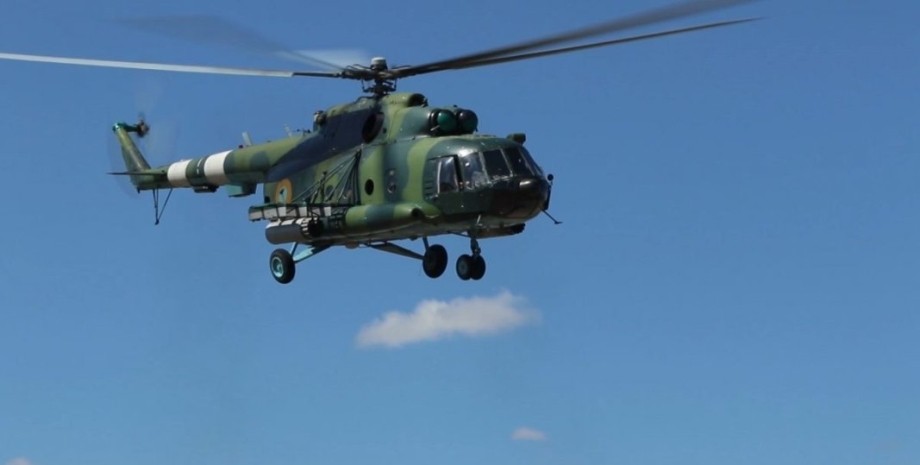


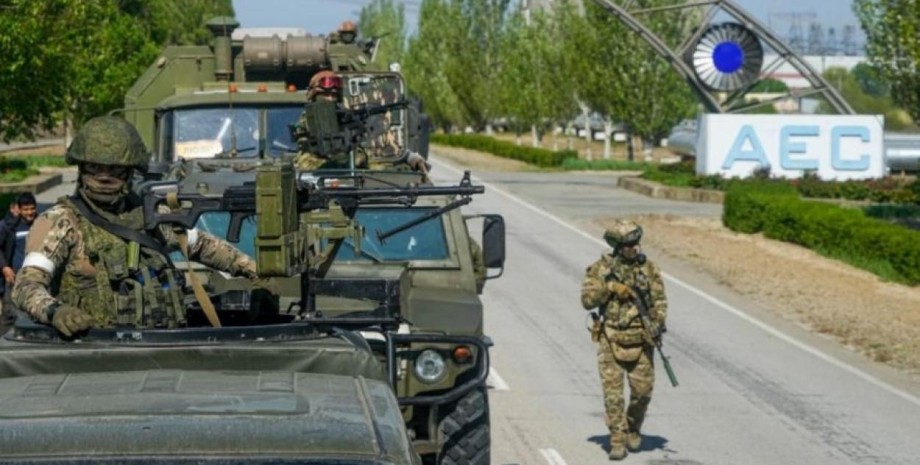


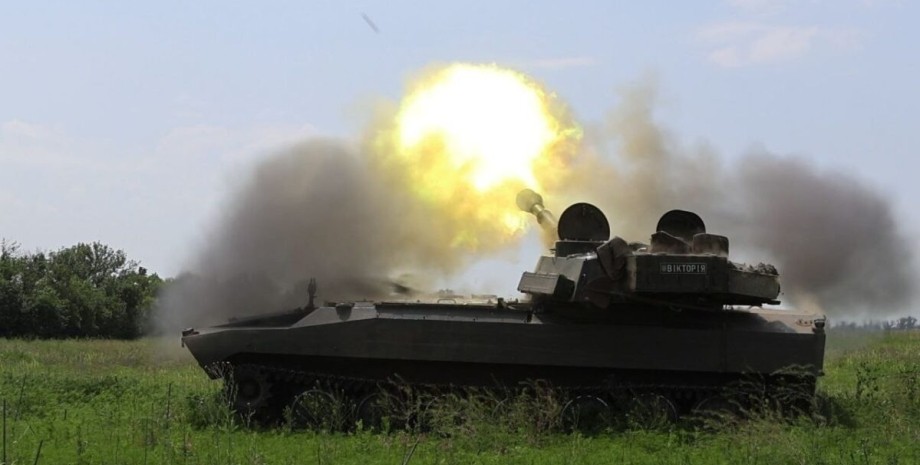

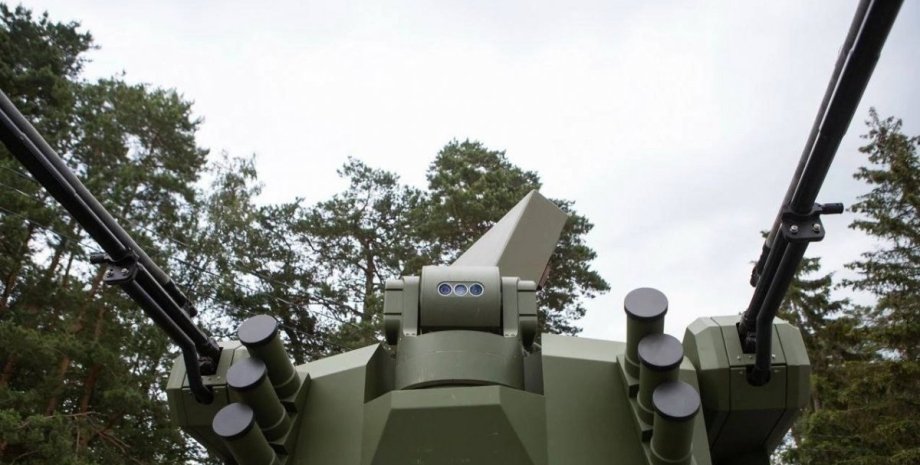


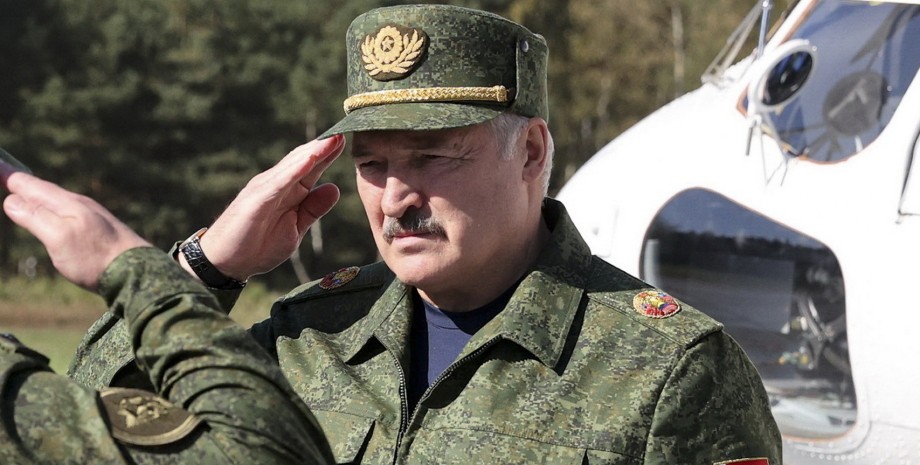
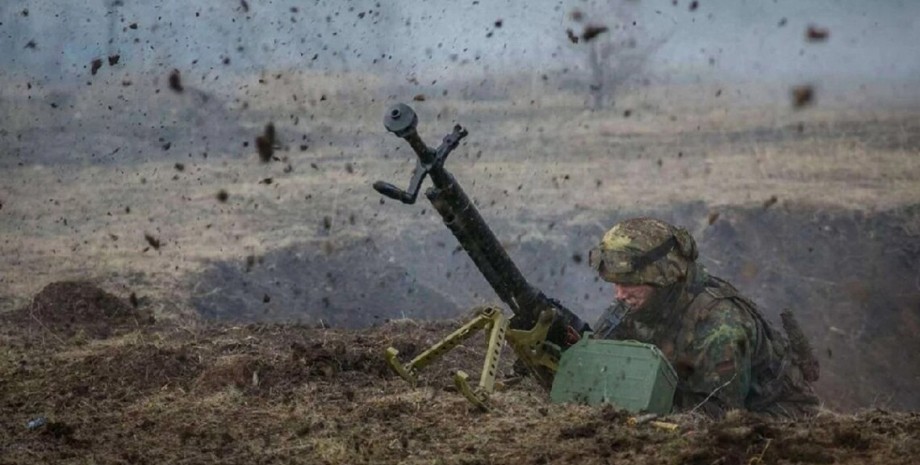
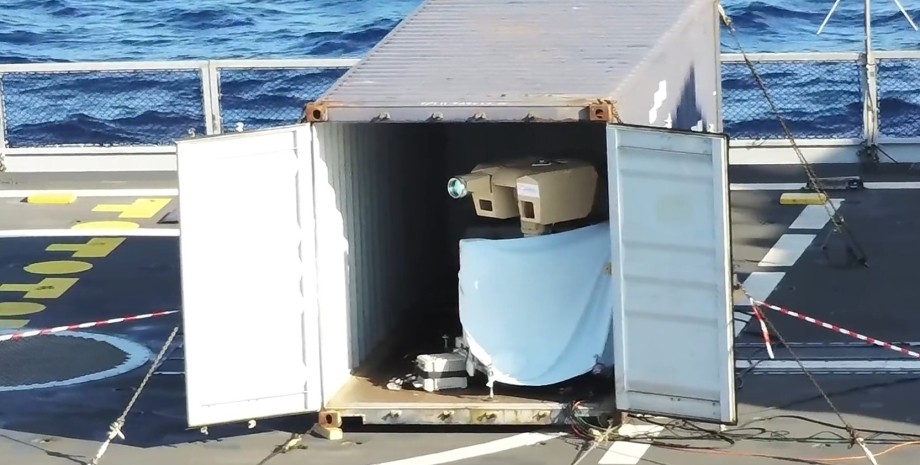

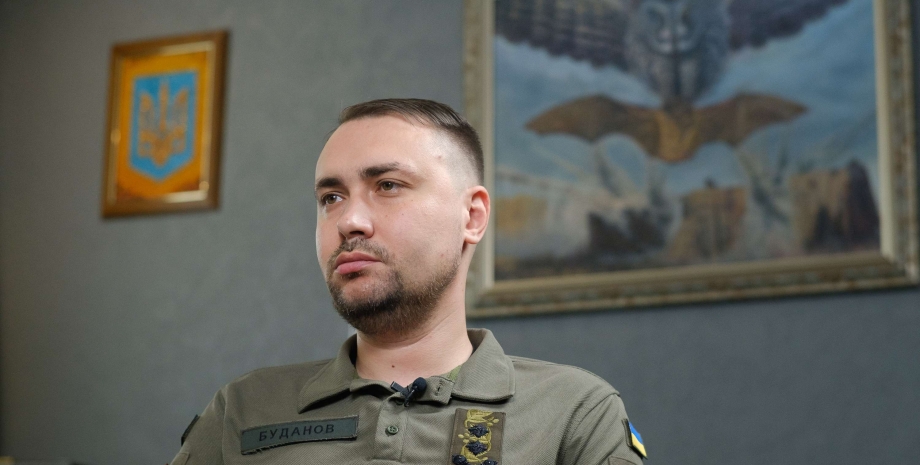
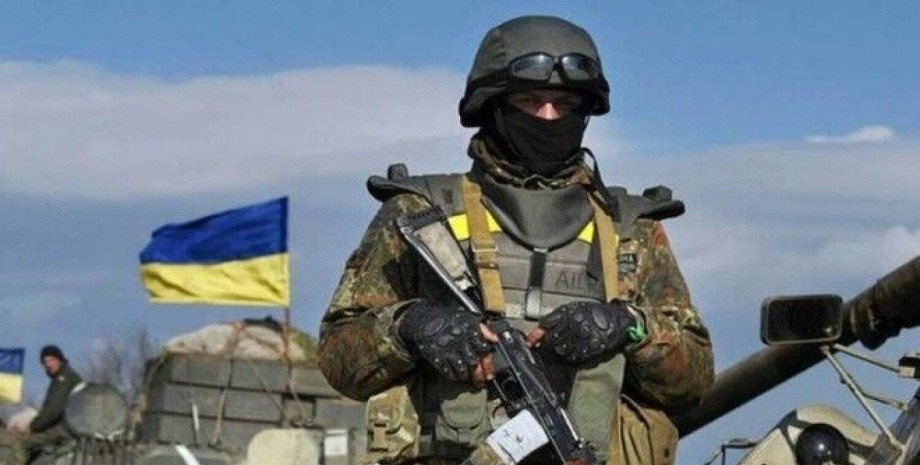

Všetky práva vyhradené IN-Ukraine.info - 2022